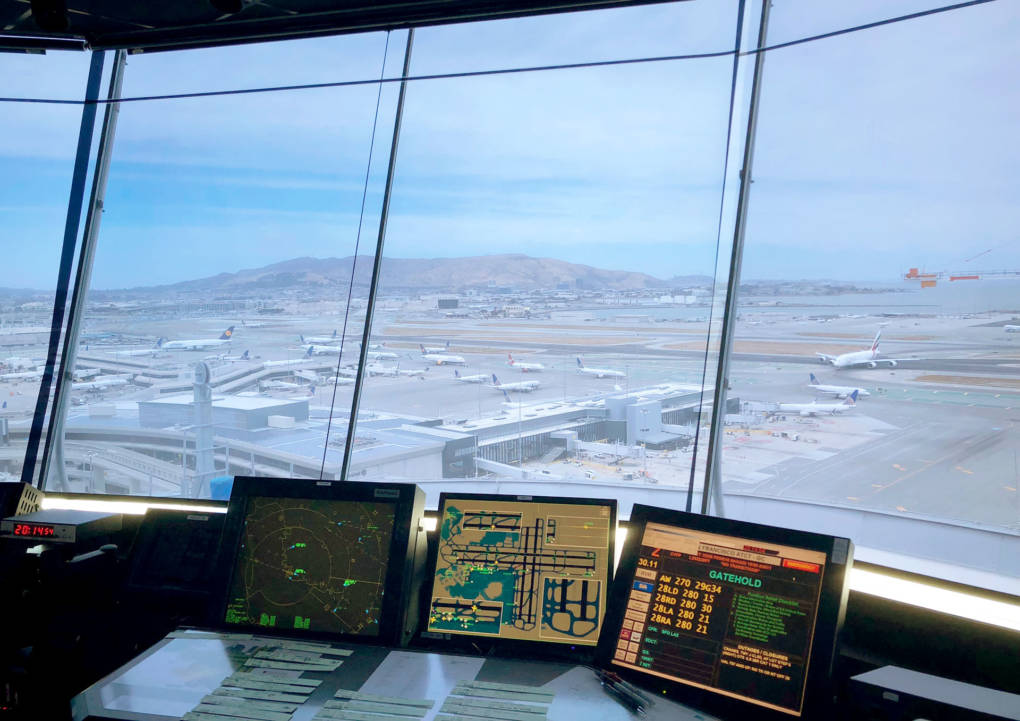Navigating Chaos: The Essential Role of a Traffic Controller
In the busy and bustling world of transportation, there exists a crucial role that often goes unnoticed by many – the traffic controller. As vehicles zoom by in all directions, the traffic controller stands as a beacon of order amid the chaos, ensuring a smooth and safe flow of traffic. Without them, the roads would be in disarray, leading to gridlock and confusion for both drivers and pedestrians alike.

The primary responsibility of a traffic controller is to manage the movement of vehicles at intersections, construction sites, events, or any other location where traffic flow needs to be regulated. By utilizing hand signals, signs, and communication devices, they orchestrate the ebb and flow of traffic with precision and expertise. Their keen observation skills allow them to anticipate potential conflicts and take swift action to prevent accidents, keeping everyone on the road out of harm's way.
Role of a Traffic Controller.
Traffic controllers play a crucial role in ensuring the safe and efficient flow of traffic. They are responsible for directing vehicles at intersections, construction sites, or events to prevent congestion and minimize the risk of accidents.
A traffic controller needs to have excellent communication skills to effectively coordinate with drivers and pedestrians. They must also be quick-thinking and adaptable to handle unexpected situations and make split-second decisions to keep traffic moving smoothly.
In addition to directing traffic, a traffic controller may also be tasked with setting up temporary traffic control devices, such as cones or signs, to guide drivers and ensure compliance with road rules. Their presence helps maintain order on the roads and contributes to overall public safety.
Challenges Faced
Firstly, one of the key challenges faced by traffic controllers is the constant pressure to maintain order and safety on the roads amidst ever-increasing traffic volumes. protrafficcontrol requires swift decision-making and effective coordination to ensure smooth flow of vehicles and prevent accidents.
Secondly, dealing with unexpected incidents such as accidents, road closures, or adverse weather conditions poses significant challenges for traffic controllers. These situations demand quick thinking and adaptability to mitigate disruptions and keep traffic moving efficiently.
Lastly, keeping abreast of changing traffic patterns and regulations can be a daunting task for traffic controllers. With evolving technologies and urban development, staying informed and implementing appropriate strategies to manage traffic effectively can be a continuous challenge in this dynamic field.
Importance of Proper Training
Proper training for traffic controllers is vital to ensure smooth and safe traffic flow. It equips them with the necessary skills to handle diverse situations effectively. Without adequate training, traffic controllers may struggle to make quick decisions and communicate efficiently, leading to potential chaos on the roads.
During training, traffic controllers learn about traffic laws, signs, and signals, which are essential for regulating traffic flow. They also acquire knowledge on how to operate specialized equipment and systems used in managing traffic, such as radios and traffic control devices. By undergoing rigorous training, traffic controllers develop the expertise needed to coordinate vehicles and pedestrians efficiently, reducing the risk of accidents and congestion.
Continuous training and updates are crucial for traffic controllers to stay informed about the latest advancements in traffic management. Ongoing education allows them to adapt to changing road conditions and implement best practices to improve traffic flow. With proper training, traffic controllers play a pivotal role in ensuring the safety and efficiency of transportation systems.